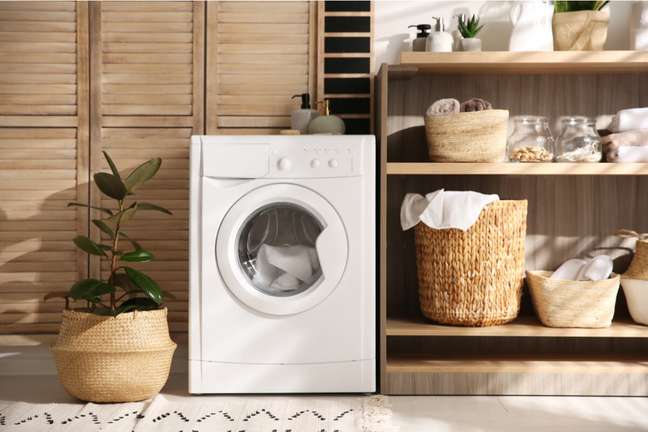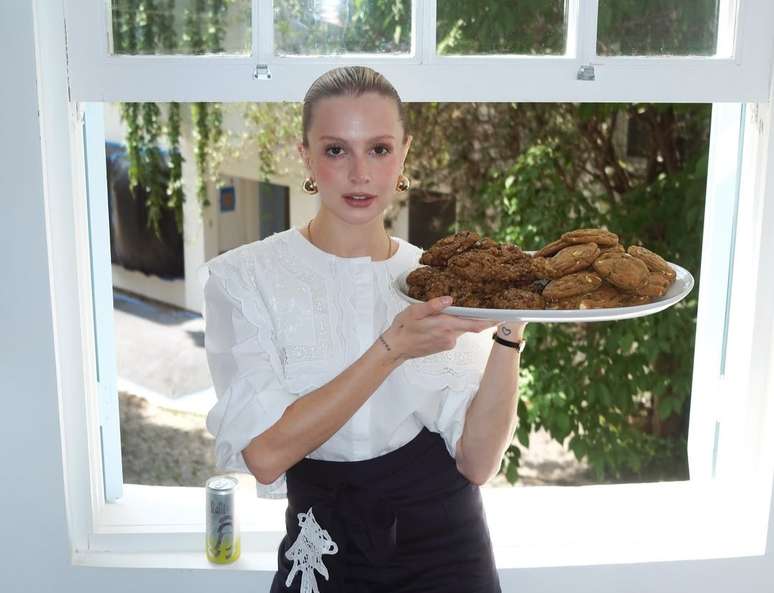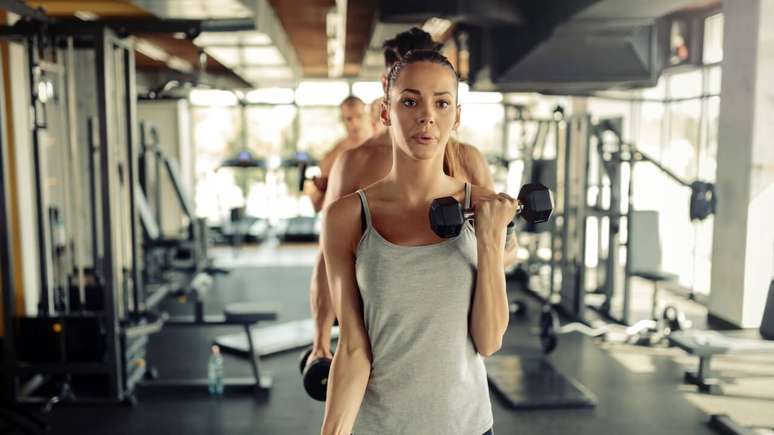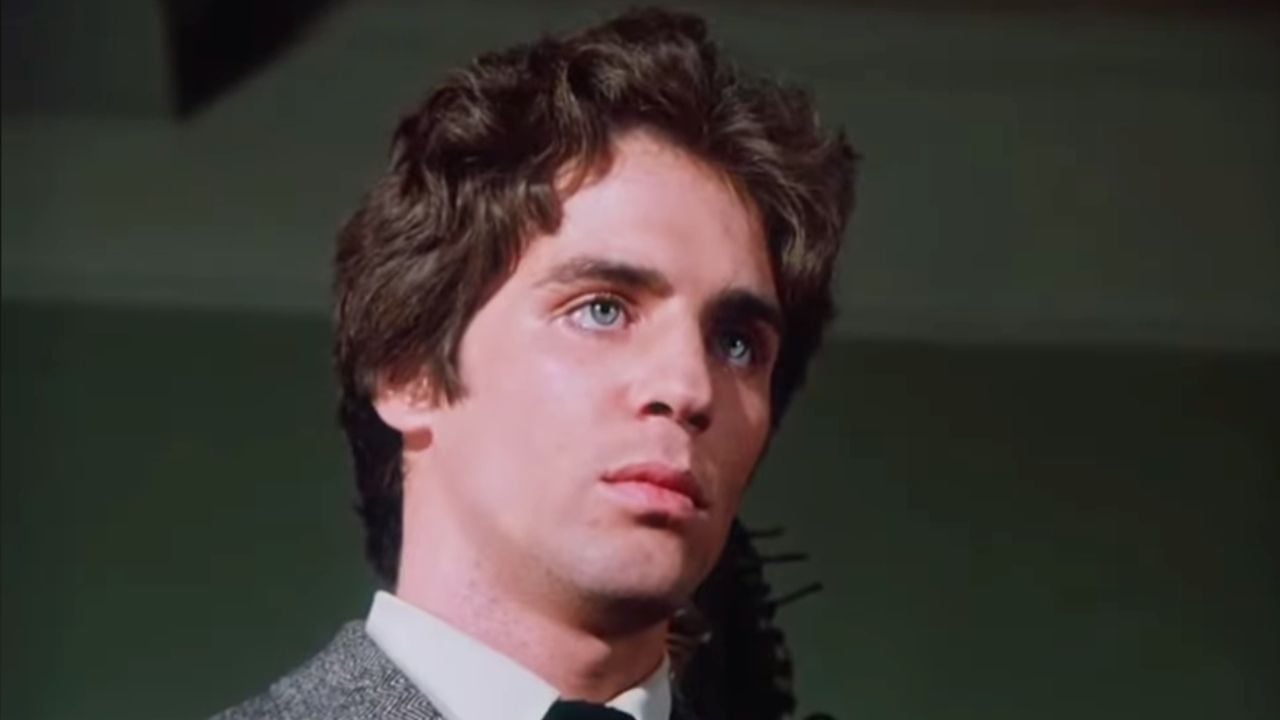See how to use it without damaging the fabric of your clothes
Washing and drying clothes on rainy and humid winter days, while we are experiencing the current period, ends up becoming a challenging task in Brazilian homes. Without the wind and abundant sunshine we know of in our tropical climate, clothes tend to take hours (and even days!) On the line and are even likely to smell bad until completely dry.

For those who live in apartments or houses with compact dimensions, the challenge can be considered even greater, given the small size of the service areas and the lack of space to install a clothesline.
Dryer: a simple and practical solution
For climatic situations or small dimensions, the solution can be simple: invest in a wall dryer. In addition to optimizing the parts drying, the luminaire also solves space problems thanks to its optimized design. “It is a simple and practical solution that can completely change the routine at home, speeding up the drying process and facilitating the ironing process”, explains Thiago Montanari, product marketing coordinator at Mueller, a Brazilian company.
Next, Mueller clarifies the 4 main myths and truths about tumble dryers, showing the routine of having clothes that are clean, fragrant and ready in partnership with the washing machine. Watch!
1. The dryer shrinks the clothes
Myth. It is important to clarify that it is not the dryer that determines which clothes shrink, but the composition of the fabric. Therefore, Mueller advises that, before starting the process, the user must check the washing instructions indicated by the manufacturer on the clothing label. In addition to informing about the possibility of drying in the appliance, the guidelines also highlight the ideal temperature for the process.
The care is due to one of the main reasons that make clothes shrink: setting a temperature higher than what the fibers of the fabric can withstand. Natural fabrics, such as cotton and wool, are more prone to shrinkage, so be very careful. “On the label there are five symbols that appear in a row within a universal sequence. The third symbol guides the drying process, represented by a square with a circle in the center”, informs Thiago. Check out the explanations quoted by the brand’s product marketing coordinator:
- One-point design: authorizes drying of the part in the equipment at low temperature;
- Two-point representation: allows high temperature drying;
- When there is an “X” on the label, the garment cannot be placed in the dryer.

2. Shoes cannot be dried in the dryer
Truth. It is not recommended to dry sneakers and other types of shoes. on the device, because it is possible to permanently damage them due to the high temperature. Among the most common damages are the loosening and detachment of part of the sole of the shoe and the shrinking of the fabric.
3. The dryer wears out the fabric of the clothes
Myth. By respecting the washing instructions on the label, the garment will not show any damage or signs of wear once placed in the dryer. It is worth noting that the lack of some care during the washing process can directly reflect on the useful life of the clothes. Therefore, care is recommended throughout the process and not just at the time of drying.
4. Clothes should be spun and slightly damp before going to the dryer
Truth. This device was thought and designed only for drying clothes washed with water and spun. That is, the ideal is that the garment is not too wet or dripping, as excess moisture can damage the dryer. The more soaked the clothes, the longer it will take for them to dry completely.
by Eloisa Vieira
Source: Terra
Benjamin Smith is a fashion journalist and author at Gossipify, known for his coverage of the latest fashion trends and industry insights. He writes about clothing, shoes, accessories, and runway shows, providing in-depth analysis and unique perspectives. He’s respected for his ability to spot emerging designers and trends, and for providing practical fashion advice to readers.




![It All Begins Here: What’s in store for Tuesday, November 4, 2025 Episode 1299 [SPOILERS] It All Begins Here: What’s in store for Tuesday, November 4, 2025 Episode 1299 [SPOILERS]](https://fr.web.img6.acsta.net/img/04/37/04370e2b27de1bab0fc2e0f1f26bd36e.jpg)



